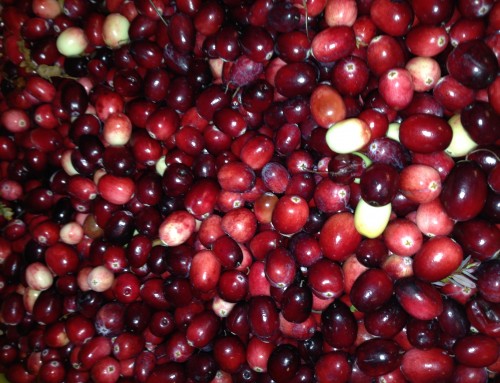Minerals are important nutrients in your diet that help the body to maintain good health and resist infection—including the mouth and teeth. Minerals are inorganic elements that come from the earth, soil, and water and are absorbed by plants. Animals and humans absorb minerals from the plants they eat.
There are two kinds of minerals—macrominerals and trace minerals—that your body uses within its cells for many different jobs. Macrominerals are required in larger amounts and are necessary for processes such as building bones, making hormones, contracting muscles, and regulating your heartbeat. They also play a role in brain function. Macrominerals include calcium, phosphorus, magnesium, sodium, potassium, chloride, and sulfur. Trace minerals, including iron, manganese, copper, iodine, zinc, cobalt, fluoride, and selenium, are needed in much smaller quantities.
Consuming too much or too little of any mineral can have negative effects on health. For most people in good health, a safe range for consumption of minerals has been established (see Resources). Personal requirements or need comes into play depending on where you live, any history of illness and any dietary limitations.
Conventional wisdom dictates that the best way to get the minerals (and vitamins) your body needs is to eat a balanced diet that includes a wide variety of foods. However, recent research shows that while the vitamin content of food remains relatively stable over time, mineral content is gradually being depleted. There are many reasons for this; erosion, farming practices, pollution, and even the way we cook can affect the nutrient density of both conventionally and organically harvested foods. Consequently, holistic health practitioners may recommend adding sea vegetables into your diet or adding trace mineral supplements alongside eating the healthiest diet possible.
Resources:
Bionutrient Food Association. http://bionutrient.org
Human Performance Resource Center. “Food Sources of Minerals.” http://hprc-online.org/nutrition/warfighter-nutrition-guide-chapter-9-1/Food%20Sources%20of%20Minerals.pdf
Recommended Intake and Functions of Minerals. http://hprc-online.org/nutrition/warfighter-nutrition-guide-chapter-9-1/Food%20Sources%20of%20Minerals.pdf
References:
Coulston, A., C. Boushey, and M.G. Ferruzzi, eds. Nutrition in the Prevention and Treatment of Disease. Oxford: Academic Press, 2013.
Davis, D.R. “Declining Fruit and Vegetable Nutrient Composition: What Is the Evidence?” HortScience 44, no. 1 (February 2009): 15-19.
Foundation for Alternative and Integrative Medicine. “Sustainable Agriculture and Nutrient Dense Foods.” Accessed March 2015. http://www.faim.org/agriculture/
Kabata-Pendias, A. Trace Elements in Soils and Plants. Boca Raton: CRC Press, 2011.
Marler, J.B., and J. Wallin. “Human Health, the Nutritional Quality of Harvested Food and Sustainable Farming Systems.” Nutrition Security Institute White Paper. Bellevue: WA, 2006. http://www.nutritionsecurity.org/PDF/NSI_White%20Paper_Web.pdf
Thomas, D. “A Study on the Mineral Depletion of the Foods Available to Us as a Nation over the Period 1940 to 1991.” Nutrition and Health 17, no. 2 (April 2003): 85-115.





